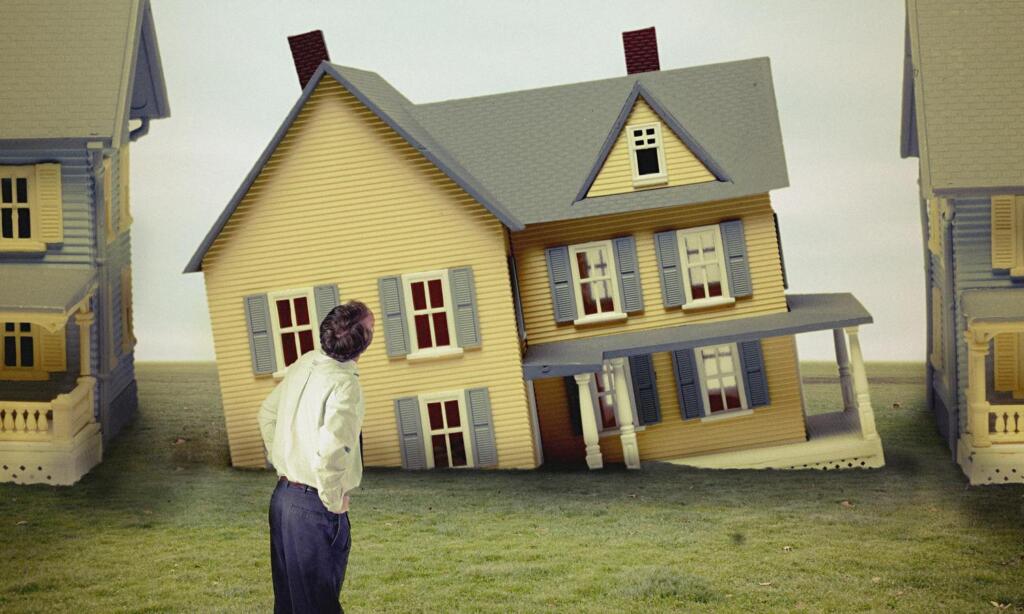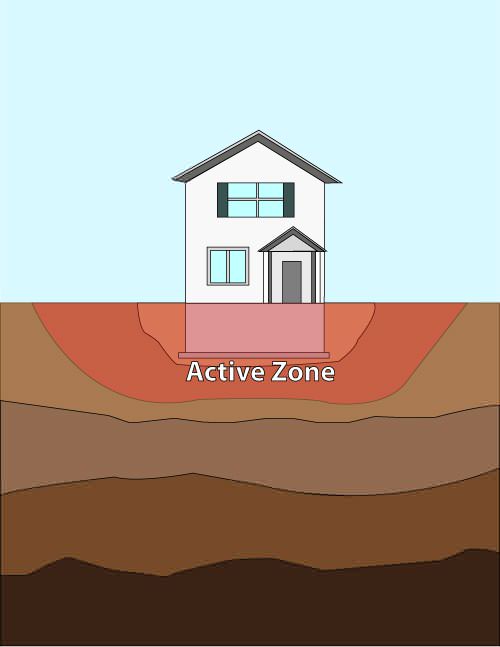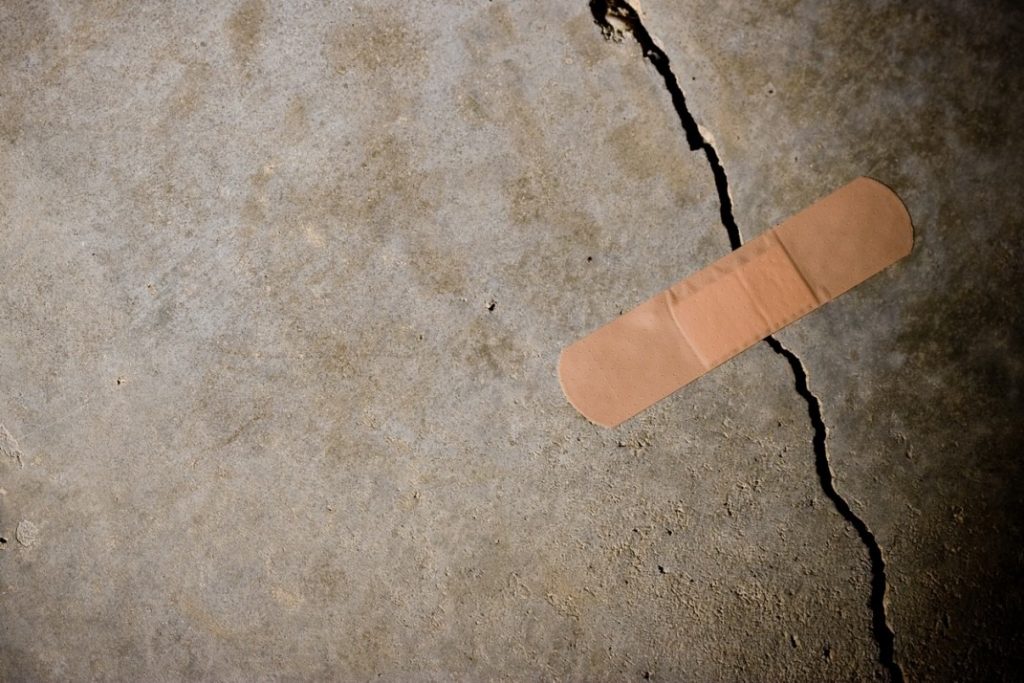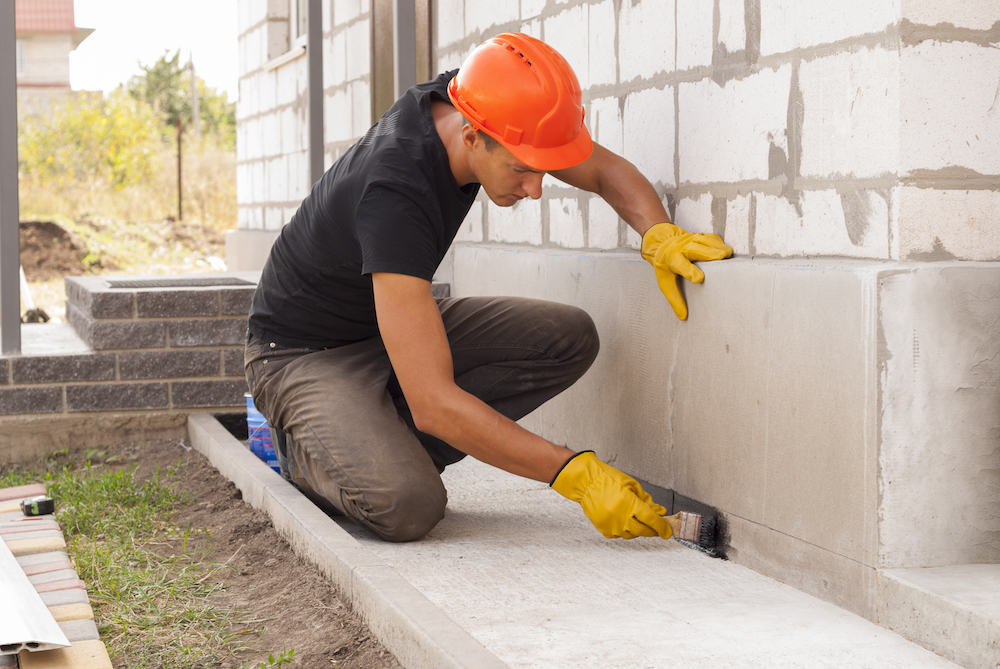
Owning a lake home has countless perks — a peaceful family retreat, access to nature, etc. However, being a homeowner also comes with the less glamorous territory, which includes repairing foundation problems. Although this responsibility can be a headache, homeowners can benefit from developing competency in this prevalent issue. According to 2-10 Home Buyers Warranty, 25% of all U.S. homes will undergo some structural distress. Further, while winter presents concerns, summer is when foundation settling is most noticeable.
Although foundation issues are similar for both traditional and lake homes, lake homeowners must be extra cautious due to the surrounding body of water. Especially in the case of a house that isn’t properly elevated, the home is at greater risk for foundation damage. To answer lake homeowners’ key questions about this important topic, we connected with Chuck Naish, founder of City Residential Foundation Repair. With his advice, we’re here to help you keep your investment on solid ground.
What Causes Foundation Problems?

Upon noticing a crack in the wall, many homeowners blame the original builder. However, most foundation problems are a result of active soil rather than human error. The damage is often due to either an excess or a shortage of water. Either can cause the soil beneath the home to shift over time. This movement disrupts the home’s foundation. Soil movement causes more property damage in the U.S. than natural disasters like floods, earthquakes, hurricanes, and tornadoes combined. Active soil has several causes. First, a surplus of rain is common at the end of winter and spring, resulting in extra water in the soil and more leaks. This damage increases if your lake house is below a hill, which directs rainwater back towards the home. Chuck Naish adds that certain structural issues can exacerbate these leakages. For example, a cracked or broken gutter system causes improper drainage. Additionally, air pockets called “honeycombs” create cavities where water can easily enter and cause problems. Chuck comments, “These leaks can wreak havoc on the structure of your lake house, which could result in the need for costly repairs.”
How to Identify Foundation Problems

Many homeowners downplay cracks in the wall, dismissing the issue as “not a big deal.” However, they can be cause for concern. Chuck specifies, “If a dime can fit into the crack, it could potentially lead to significant basement leaks.” He adds that it’s most crucial to conduct a thorough inspection before and after the winter and during the high-tide season when homes are most vulnerable to cracks. They can happen anywhere along the home’s foundation and can be of any size. However, horizontal cracks are more severe than vertical because they indicate increased pressure on the house. Besides cracks, other problematic clues include pooling water around the home’s exterior, mold growth, musty odors, and buckling floors. Since mold thrives in moist spaces, its presence points to leaks in the foundation.
Further, if you notice gaps under your window or have difficulty closing doors, it could mean trouble. To check if your foundation is shifting, set a tennis ball on the floor, and see if it rolls. If so, the floor is uneven.
How Do I Repair My Foundation?

If you’ve noticed foundation issues at your lake house, the next step is addressing them. For filling cracks in the wall, Chuck says that it’s integral to use the right material, which varies depending on the crack’s nature. “After that,” he comments, “it’s all about reinforcing the walls’ strength and integrity. That means filling the cracks, smoothening them out, and then sealing the material to further prevent water from entering and damaging the area.” For long term prevention of water damage, install a sump pump. Chuck explains, “Any water that poses a risk to your foundation will be collected in the sump basin and then directed away from your home.” This tool prevents and reduces flood damage. To correct existing damage that’s resulted in uneven surfaces, consider foam jacking. A modern alternative to “mudjacking”, foam jacking involves inserting a high-density expanding foam beneath the damaged surface. Then, the foam expands and lifts the foundation. This intense foam can lift thousands of pounds of concrete without infecting the soil with chemicals. Whether you’re repairing a wall, preventing future damage, or fixing existing damage, there’s a solution for you.
As lake homeowners, we love the water — just not when it’s in our home! If you’ve noticed signs of leakage and other foundation issues, no need to stress. Local foundation repair experts like Chuck are here to help, so reach out to them about potential solutions. Ultimately, the goal is to keep your lake house on solid ground so you can keep enjoying your investment.

